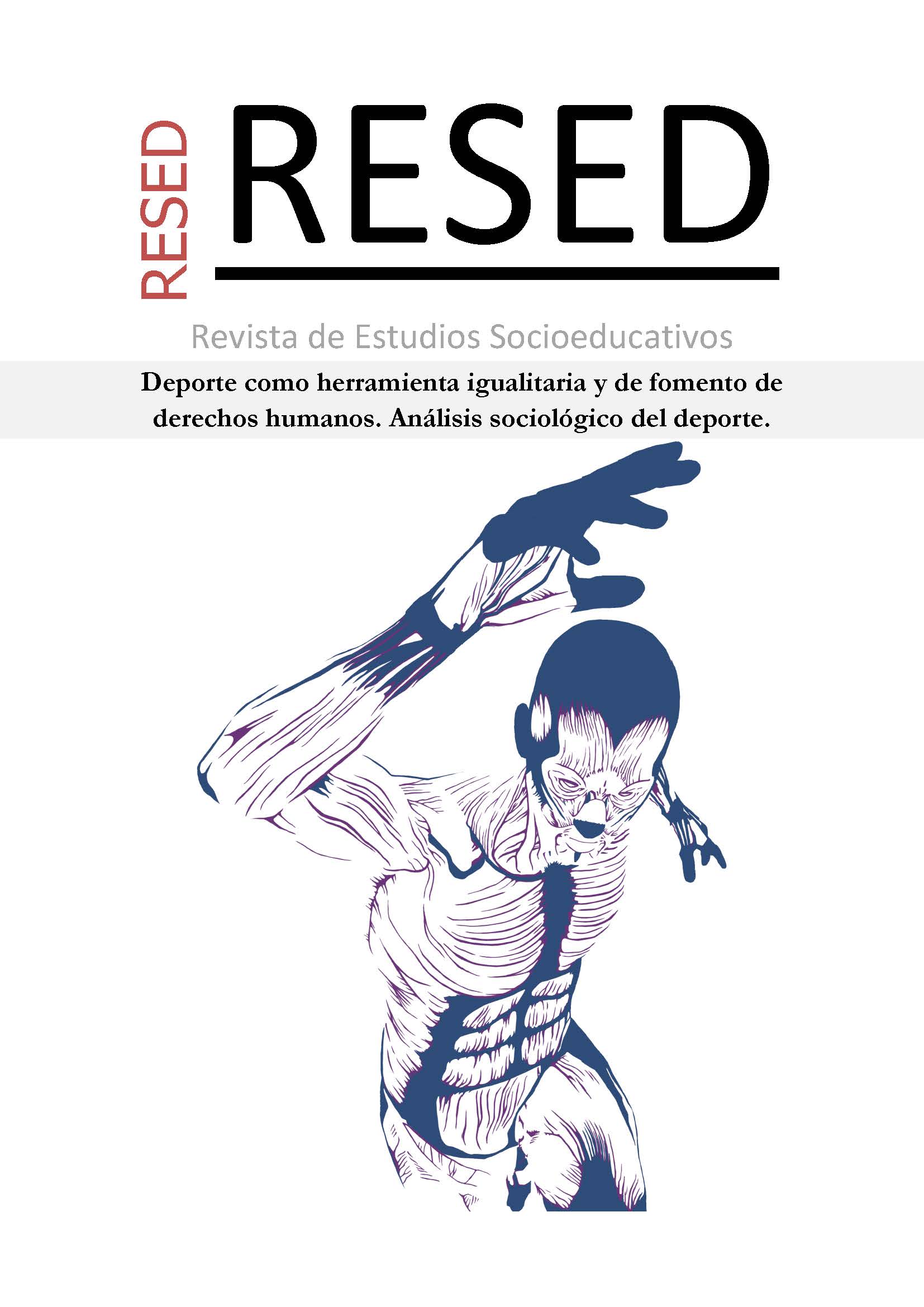Communication on Twitter of the 1st RFEF football clubs in Spain

Info
Abstract
The object of this research is to study modest Spanish soccer and the communication management they carry out in the digital environment. More specifically, the aim of the work is to analyse how the clubs of the 1ºRFEF category of Spanish soccer communicate with their different audiences of interest through Twitter. To this end, the methodology of content analysis has been implemented to study, among other variables, the engagement they achieve, the formats they use and the type of content they publish in a sample of 33 teams out of the total of 40 that make up this category and which are the ones with an active profile on Twitter. The results show that these clubs, even though they have a good presence on this social network, can improve their communication on it, especially in terms of the type of content they publish. In conclusion, even implementing different strategies, in general, the clubs in the Spanish RFEF 1st category present healthy engagement rates, which implies an active and positive commitment on the part of their audience.
Keywords
Downloads
How to Cite
License

This work is licensed under a Creative Commons Attribution-NonCommercial 4.0 International License.
References
Alonso, M. (2016). Comunicación empresarial de las empresas del IBEX 35 en Twitter. Revista Mediterránea de Comunicación, 7(1), 137-161. https://doi.org/10.14198/MEDCOM2016.7.1.8
Brito Alvarado, X. & Vayas Castro, S. (2022). Geopolítica del fútbol: sobre la globalización del balón. ACADEMO, 9(1), 103-112. https://doi.org/10.30545/academo.2022.ene-jun.10
Cano, R. (2017). Técnicas de marketing de los clubes de fútbol de élite en las redes sociales. Retos, 13(1), 43-58. https://doi.org/10.17163/ret.n13.2017.03
Cano, R. (2019). Social media communication management in football national federations. Obra digital: revista de comunicación, 17, 19-34. https://doi.org/10.25029/od.2019.160.17
Castillo, A., Fernández, M. J. & Castillero, E. (2015). Fútbol y redes sociales. Análisis de la gestión de Relaciones Públicas 2.0 por los clubes de fútbol. Estudios sobre el Mensaje Periodístico, 22(1), 239-254. https://doi.org/10.5209/rev_ESMP.2016.v22.n1.52592
EuropaPress Deportes. (2022, 02 de marzo). Laliga supera los 150 millones de seguidores en todas sus redes sociales. https://shorturl.at/rvxR4
García del Barrio, P. & Pujol, F. (2008). El papel del fútbol en la sociedad actual. Fútbol: ocio y negocio. Revista Empresa y Humanismo, XI, 1(8), 89-108.
Guardo, D. (2022). Las noticias de las páginas web oficiales de los clubes de la Liga de Fútbol Profesional. Estudio de caso del Athletic Club, Real Sociedad y Deportivo Alavés. Tesis Doctoral. ESCUELA DE DOCTORADO INTERNACIONAL DE LA USC. https://acortar.link/dHt13s
Herrera, D., Valerio, G. & Rodríguez-Aceves, L. (2018). Digital Engagement and Social identity of Sports fans: The case of Premier League Teams on Facebook. Revista Iberoamericana de Psicología del Ejercicio y el Deporte, 13(1), 59-69.
IAB Spain. (2022). Estudio anual de redes sociales 2022. https://shorturl.at/GLO19
Igartua, J. J. & Humanes, M. L. (2004). Teoría e investigación en comunicación social. Madrid: Síntesis.
King, A. (2003). The European Ritual: Football in the New Europe. Aldershot: Ashgate Publishing Limited.
KPMG. (2023). Impacto socio-económico del fútbol profesional en España. https://assets.laliga.com/assets/2023/09/28/originals/39498f156b1e8f503e793b4b882e584c.pdf
Llopis-Roig, R. (2013). Identificación con clubes y cultura futbolística en España. Una aproximación sociológica. Revista Internacional de Ciencias del Deporte, 33, 236-251.
Miranda, F. J., Chamorro, A., Rubio, S. & Rodriguez, O. (2014). Professional sports teams on social networks: A comparative study employing the Facebook assessment index. International Journal of Sport Communication, 7, 7489.
Molina, G. (2019). El método Manchester United. Cómo aplicar con éxito el plan de los inventores del marketing deportivo en la era de la transformación digital. Sevilla: Wanceulen.
Olabe, F. (2009). La comunicación no convencional en los clubes de fútbol. Pensar la Publicidad. Revista Internacional de Investigaciones Publicitarias, 3(1), 121-137.
Olabe, F. (2012). La comunicación digital del FC Barcelona y el Real Madrid CF y su percepción por los periodistas deportivos. Revista Internacional de Relaciones Públicas, 2(4), 277-298.
Papí-Gálvez, N. (2017). Claves en la Planificación de la Publicidad Online: Fundamentos, Herramientas y Retos. Madrid: AIMC - Asociación para la Investigación de Medios de comunicación.
Park, J. & Dittmore, S. (2014). The relationship among social media consumption, team identification, and behavioral intentions. Journal of Physical Education and Sport, 14, 331336. doi:10.2139/ssrn.2504608
Piñuel, J. (2002). Epistemología, metodología y técnicas del análisis de contenido. Estudios de sociolingüística: Linguas, sociedades e culturas, 3(1), 1-42.
Tejedor, S., Cervia, L. & Vecino, C. (2020). El fútbol en las redes sociales: análisis de la presencia en Facebook de los principales equipos de Europa. Revista Iberoamericana de Psicología del Ejercicio y el Deporte, 15(3), 150-156.


